 |
 |
 |
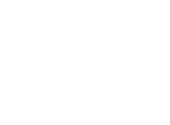
|
Louise Bourgeois inside (Articulated Lair) (Coll.: MoMA, New York) in 1986
Photo: © Peter Bellamy
|
|
 |
LOUISE BOURGEOIS. STRUCTURES OF EXISTENCE
-The Cells
18/2/2016-4/9/2016
Exhibition organized by Haus der Kunst, Munich in collaboration with the Guggenheim Museum Bilbao
In an artistic career spanning seven decades, Louise Bourgeois (b. 1911, Paris–d. 2010, New York) created a unique body of work in a wide range of forms, materials, and sizes. In the 1940s, she pioneered the display of her works as environmental installations, and in the 1970s and 80s she would at times bring her sculptures into dialogue with theater and performance. Furthermore, her work helped expand critical discourse to encompass psychoanalysis and feminism, theories that have since become prevalent in the artistic language of contemporary art today
|

|
Posted 4 March 2016
|
Share this:
|
|
Among the most innovative and challenging sculptural works in her extensive oeuvre are the Cells, a series of architectural spaces that preoccupied her for nearly 20 years. Bourgeois’s Cells are intensely psychological microcosms: situated within various enclosures, each is a multi-faceted collection of objects and sculptural forms arranged to evoke an atmosphere of emotional resonance. In almost theatrical scenes, these everyday objects—items of clothing, fabric, or furniture—along with singular sculptures by Bourgeois, create a charged barrier between the interior world of the artist and the exterior world that is the exhibition space.
See the Article>
|
|
|
|
|
|
|
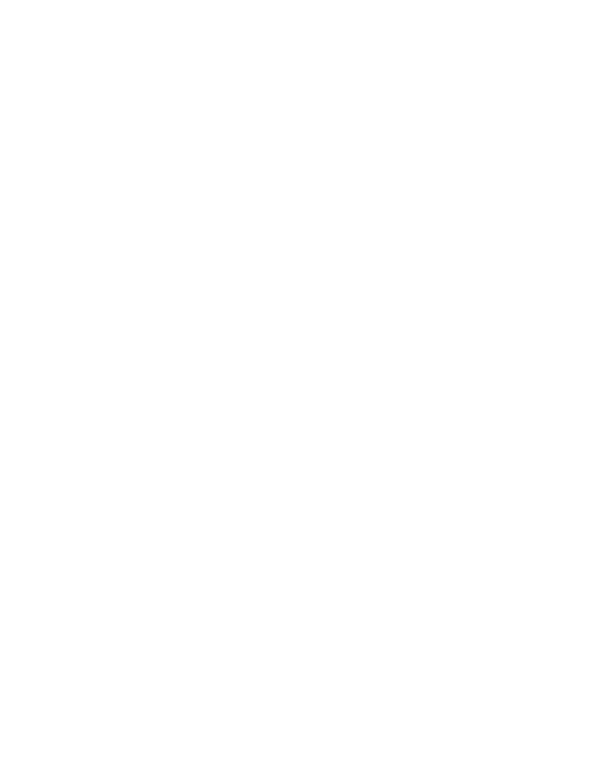
Louise Bourgeois
Cell (The last climb), 2008
Steel, glass, rubber, thread and wood
384.8 x 400.1 x 299.7 cm
Collection National Gallery of Canada, Ottawa
Photo: Christopher Burke
© The Easton Foundation / VEGAP, Madrid
|
|
|
|
|

|

|

|
For Bourgeois, the word “cell” had several connotations, referring to both the isolation of a prison or monastic cell and the biological cell of a living organism.
|
|
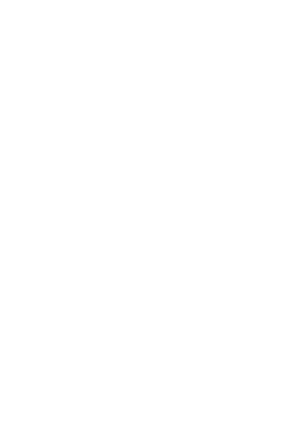
Louise Bourgeois
Spider, 1997
Steel, tapestry, wood, glass, fabric, rubber, silver, gold and bone
449.6 x 665.5 x 518.2 cm
Collection The Easton Foundation
Photo: Maximilian Geuter
© The Easton Foundation / VEGAP, Madrid
|
|
|
|
|

|

|

|
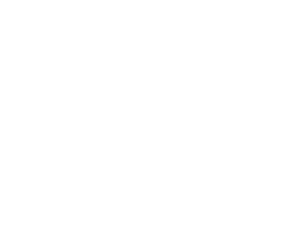
Louise Bourgeois
Cell II, 1991 (detail)
Painted wood, marble, steel, glass and mirror
210.8 x 152.4 x 152.4 cm
Collection Carnegie Museum of Art, Pittsburgh
Photo: Peter Bellamy
© The Easton Foundation / VEGAP, Madrid
|
|
This exhibition, the first solely devoted to analyzing the Cells series, contains the largest number of Cells ever presented together. It also includes important works from previous decades that led to the development of the series. This comprehensive survey brings to light key aspects of Bourgeois’s thinking about space and memory, the body and architecture, and the conscious and the unconscious.
|
|
|
|
|
|
|
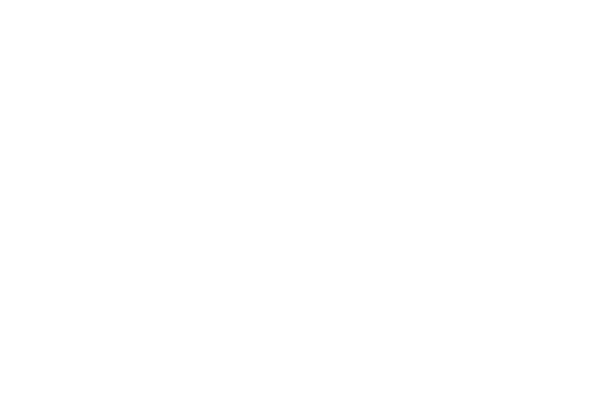
Louise Bourgeois
Passage Dangereux, 1997
Metal, wood, tapestry, rubber, marble, steel, glass, bronze, bones,
flax and mirrors
264.2 x 355.6 x 876.3 cm
Private Collection, courtesy Hauser & Wirth
Photo: Maximilian Geuter
© The Easton Foundation / VEGAP, Madrid
|
|
|
|
|

|

|

|
On the artist
Louise Bourgeois was born on December 25, 1911, in Paris. As a teenager, Bourgeois assisted her parents in their tapestry-restoration business, making drawings that indicated to the weavers the repairs to be made. In 1932 she entered the Sorbonne to study mathematics but abandoned that discipline for art. In the mid- to late 1930s, she studied at the École des beaux-arts, Académie de la grande chaumière, École du Louvre, Atelier Fernand Léger, and other Parisian schools. Bourgeois married the American art historian Robert Goldwater in 1938 and moved to New York. There, she studied for two years at the Art Students League and soon participated in print exhibitions.
|
|
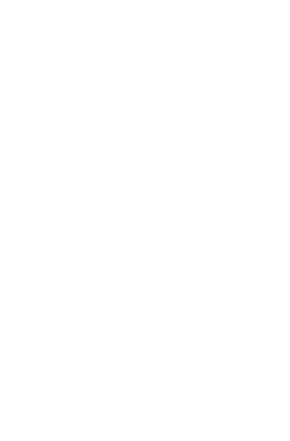
Louise Bourgeois in 1975 wearing her latex sculpture Avenza (1968–69), which became part of Confrontation, (1978)
Photo: Mark Setteducati
© The Easton Foundation / VEGAP, Madrid
|
|
|
|
|

|

|

|
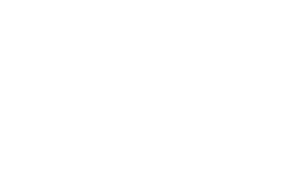
Louise Bourgeois
Red Room (Parents), 1994 (detail)
Wood, metal, rubber, fabric, marble, glass and mirror
247.7 x 426.7 x 424.2 cm
Private Collection, courtesy Hauser & Wirth
Photo: Maximilian Geuter
© The Easton Foundation / VEGAP, Madrid
|
|
After moving to a new apartment in 1941, Bourgeois began to make large wood sculptures on the roof of her building. In 1945 her first solo show, consisting of 12 paintings, was held at the Bertha Schaefer Gallery, New York, and her work was first included in the Whitney Annual (later the Whitney Biennial). In the mid- to late 1940s, she worked at Stanley William Hayter's printshop, Atelier 17, where she met Le Corbusier, Joan Miró, and other Europeans exiled by World War II. In 1949 she exhibited works from her series of Personnages (1945–55) in the first solo show of her sculpture at Peridot Gallery, New York.
Bourgeois became an American citizen in 1951. Continuing her mode of abstracted figuration instilled with psychological and symbolic content, she remained stylistically distinct from New York school developments. She did, however, join American Abstract Artists in 1954. In the 1960s, she taught in public schools and at Brooklyn College and Pratt Institute, Brooklyn. She continued to teach at colleges and universities during the following decade. In the late 1960s, Bourgeois's imagery became more explicitly sexual as she explored the relationship between men and women and the emotional impact of her troubled childhood (her father had had a ten-year affair with her governess). From 1967 until 1972, she made trips to Pietrasanta, Italy, to work in marble.
|
|
|
|
|

|

|

|
With the rise of feminism and the art world's new pluralism, her work found a wider audience. In the 1970s, she began to do performance pieces—among them A Banquet/A Fashion Show of Body Parts (1978), in which she wrapped art historians and students in white drapery with sewn-in anatomical forms—and expanded the scale of her three-dimensional work to large environments.
Her first retrospective was organized by the Museum of Modern Art, New York (1982–83), and her first European retrospective was assembled by the Frankfurter Kunstverein, Frankfurt, Germany (1989–91). Bourgeois was selected to be the American representative to the 1993 Venice Biennale. Her collected writings were published in 1998. In 2000, I Do, I Undo, and I Redo—three 30-foot-high towers commissioned by the Tate Modern in London—were featured in the museum's inaugural exhibition. Many of her large-scale works have been exhibited as public art, including three spider sculptures installed at Rockefeller Center in New York in 2001 under the aegis of the Public Art Fund. Major museum retrospectives have since been organized by the Guggenheim Museum Bilbao (2001–02); State Hermitage Museum, Saint Petersburg (2001–03); and Tate Modern, London (2007–08)—an exhibition that traveled to the Guggenheim Museum (2008).
|
|
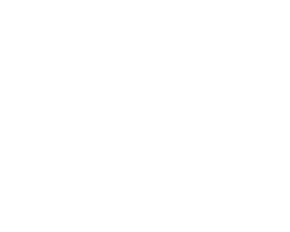
Louise Bourgeois
In and Out, 1995
Metal, glass, plaster, fabric and plastic
Cell: 205.7 x 210.8 x 210.8 cm
Plastic: 195 x 170 x 290 cm
Collection The Easton Foundation
Photo: Christopher Burke
© The Easton Foundation / VEGAP, Madrid
|
|
|
|
|

|

|

|
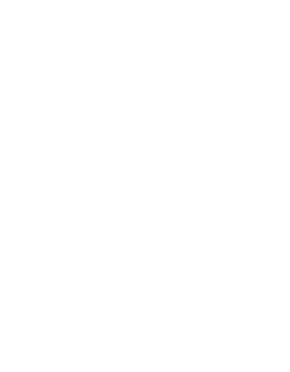
Louise Bourgeois
Cell VII, 1998
Metal, glass, fabric, bronze, steel, wood, bones, wax and thread
207 x 221 x 210.8 cm
Private Collection, courtesy Hauser & Wirth
Photo: Christopher Burke
© The Easton Foundation / VEGAP, Madrid
|
|
Bourgeois's achievements have been recognized with a fellowship from the National Endowment for the Arts (1973), membership in the American Academy of Arts and Sciences (1981), a grand prize in sculpture from the French Ministry of Culture (1991), the National Medal of Arts (1997), the Leone d'Oro (1999), a Medal of Honor from the Pennsylvania Academy of Fine Arts in Philadelphia (2005), the 2006 Intrepid Award from the National Organization for Women (2006), and the Woman Award from the United Nations and Women Together (2007), among others. Bourgeois died on May 31, 2010, in New York.
|
|
|
|
|

|

|

|
CONVERSATION ABOUT LOUISE BOURGEOIS
16/3/2016
Jerry Gorovoy, Bourgeois’s assistant and current president of the artist’s Easton Foundation, and Julienne Lorz, curator of the exhibition Louise Bourgeois. Structures of Existence: The Cells, will talk about the personality and work of this renowned Franco-American artist.
Venue: Museum Auditorium
Hour: 6:30 pm
Tickets: free; available at the Museum admissions desk and website.
With simultaneous interpretation from English to Spanish.
Exhibition organized by Haus der Kunst, Munich, in collaboration with the Guggenheim Museum Bilbao
Curators: Julienne Lorz and Petra Joos
Sponsored by Fundación BBVA
See Agenda Glass is more!>
GUGGENHEIM MUSEUM BILBAO
Abandoibarra Etorb., 2
48009 Bilbao, Bizkaia, Spain
+34 944 35 90 80
guggenheim-bilbao.es
|
|
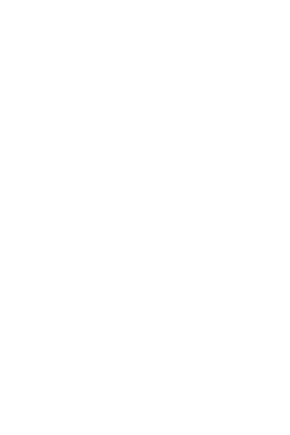
Louise Bourgeois
Cell (Choisy), 1990-93
Marble, metal and glass
306.1 x 170.2 x 241.3 cm
Collection Glenstone
Photo: Maximilian Geuter
|
|
|
|
|
|
|
|
|
|


